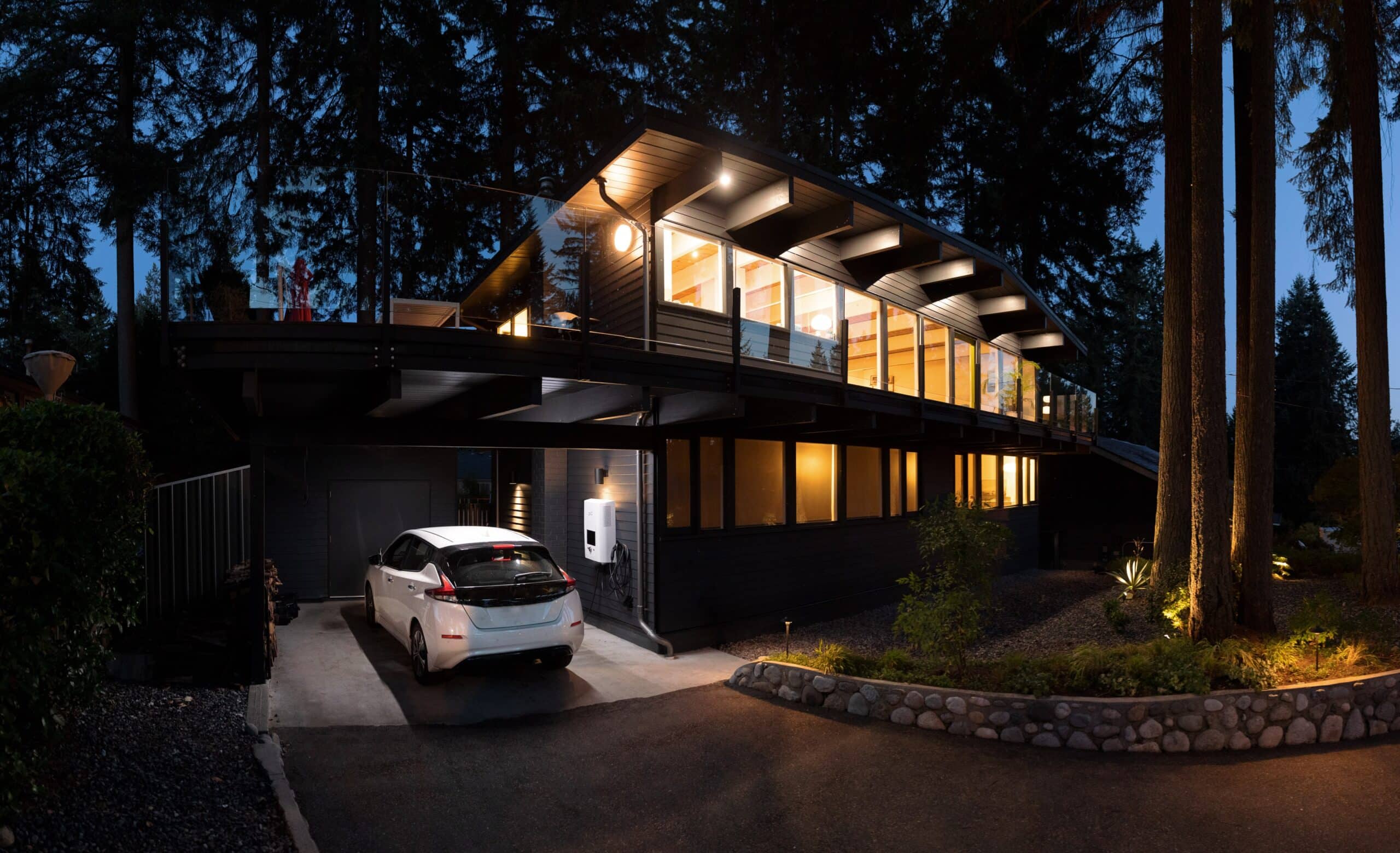
Smart technology is not a new concept. For years now, the Internet of Things (IoT) has included digital thermostats syncing with outside weather conditions, camera doorbells greeting callers when we’re not home, televisions transitioning from receivers to entertainment hubs, and so much more. We have more computing power in our pockets than that which sent the first astronauts to the moon.
With more processes becoming electrified or going digital in our homes, there has become a need for a singular system to manage both their energy usage and connectivity. Homeowners are starting to care about where their electricity is coming from, which devices are drawing the most power, and how they can employ the best practices to limit their carbon footprint. This need is especially apparent as environmentalists and industrial leaders champion for more sustainable practices when it comes to the generation of our nation’s power supply.
Turning Your Home into a Microgrid
For those looking for a more decentralized approach when it comes to energy, solar panels, or photovoltaic (PV) systems, allow homeowners to generate their own electricity. Immediate loads are provided the necessary power, with excess either credited to the grid or stored in home batteries. A PV system with a battery (PV+) presents the opportunity for a home to become its own microgrid, mirroring the same generation and storage techniques of the local power grid. This grid-like home environment cuts out the transmission and distribution processes, freeing the homeowner from dependence on the power grid while still having the ability to draw from it.

Your Power in the Palm of Your Hand
When it comes to managing the microgrid, load management systems (LMSs) automate the optimization of energy usage and cost. LMSs allow homeowners to manage how and when their homes use electricity—all from the palm of their hands. After being connected to the LMS, IoT devices and circuits are ranked in order of precedence, ensuring the most critical energy needs (refrigeration, medical equipment, etc) are met first in times of low battery reserves, dwindling power production, or peak time-of-use prices. IoT devices with lower priority (robot vacuums, cameras, etc) will remain dormant until the ‘critical’ or costly conditions defined by the homeowner no longer hold true. This is especially beneficial for those looking to minimize their carbon footprint by balancing their energy production and consumption, or for others with smaller PV+ systems that pull excess power from the grid with costly time-of use policies. LMSs can also prevent PV+ systems from overloading, protecting the integrity of PV components while minimizing any ‘wasted’ excess power.

There are a variety of load management products available, depending on the number of IoT devices connected within a home. Households with many interconnected devices would benefit most from a smart load center/panel that manages an entire household. Those with only a few devices could benefit from smart circuit breakers that connect to your existing electrical panel. Koolbridge's Smart Load Center, for example, not only does has the ability to simultaneously pull from the grid and interconnected storage, but it also automates how much it pulls, according to custom schedules. Keep in mind that different brands also distribute certain management features differently, so it’s important to identify your needs and work with an installer on what makes the most sense for you.
Gone are the days of plugging your lamps into a wall-based timer or second-guessing whether certain appliances are running when you’re not home. With the LMSs having cloud connectivity, homeowners can check on the status of their home’s energy usage and turn individual circuits on and off from anywhere they have cell signal. Push notifications are sent for both local outages and general systems notifications, allowing homeowners to manually decide how to prioritize their circuits or allow the automated configurations to take over.
The amount of control and customization you want over your home's energy production and consumption entirely (and literally) rests in your hands. Whether you want a completely hands-off approach, the option to monitor every single circuit and IoT device in your home, or something somewhere in-between, LMSs and smart home automation are the next step in distributed energy resources. In this instance, great power doesn't have to come with great responsibility--you can let automation handle all of the work.



